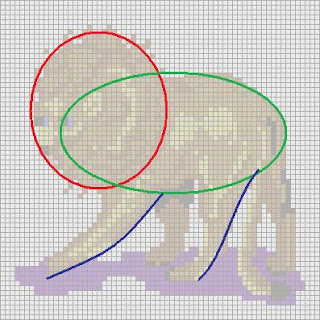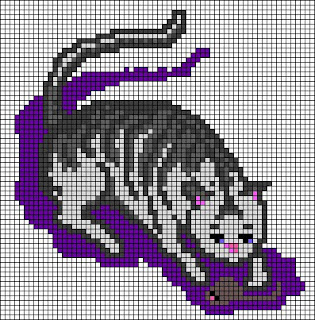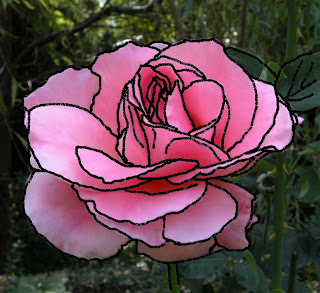
Of course my favorite animal, the cat, had to figure in the "composite" image. It, too,...More......was designed freehand on my StitchPainter program, and inspired by the Victorian needlepoint book; see bibliography and link list.
(Originally posted July 14, 2010, this message was skipped during Google’s retroactive indexing phase, which means that not only was it not available in internet, but also that the page was not available for the in-site search feature, so the message is being reposted to remedy these two problems. Thank you for your understanding.)





















